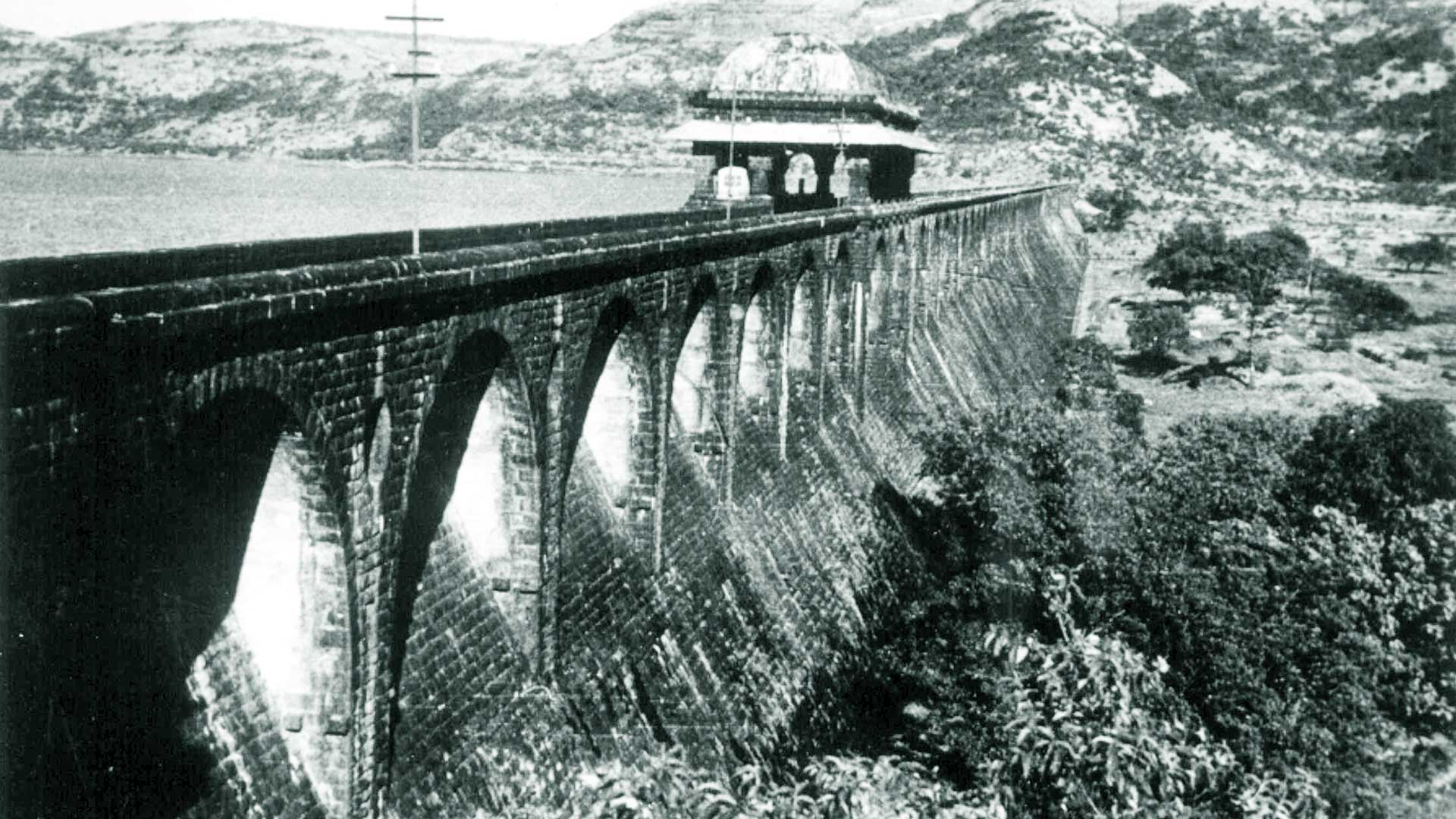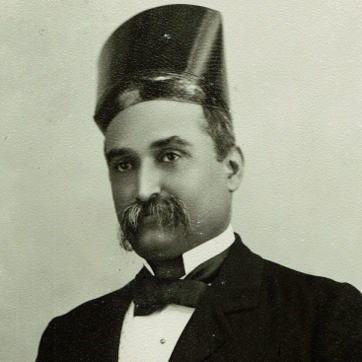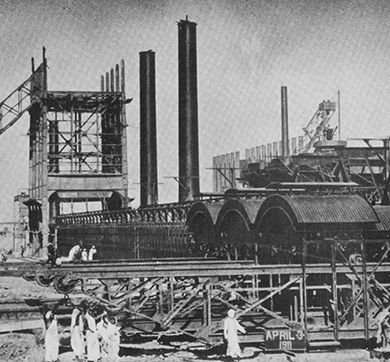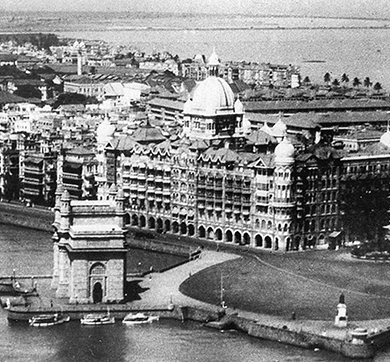970 words | 4-minute read
We must harness this water. We must turn it into power.” The idea struck Jamsetji Tata on a picnic by the Roha creek. Everyone knew that power was an electrifying concept. But power needed a waterfall. And while there was water aplenty here, this was a river. How could this water be harnessed?
Jamsetji’s mind was already working on the answer. Bombay would have a power plant. He would find a way.
More than a century ago, the visionary Jamsetji Nusserwanji Tata, resolved to provide pollution-free, clean power to Mumbai, a city that was choking on the fumes of the boilers of textile mills. He dreamed of, and inspired, the setting up of one of the first hydroelectric power plants in the Western Ghats, with a hydel dam that would harness the power of flowing water to create electricity. The task was nothing short of daunting, considering the terrain of the Western Ghats.
The preliminary work had begun on conceptualising his grand vision, but before the new power company could be formed, Jamsetji passed away. Though he could not personally accomplish this tough task, Jamsetji’s sons Dorab and Ratan subsequently laid the foundation for affordable and clean power for the city of Bombay (now Mumbai). The hydropower units near Mumbai and the first grid connection around Lower Parel are, a century later, still functional.
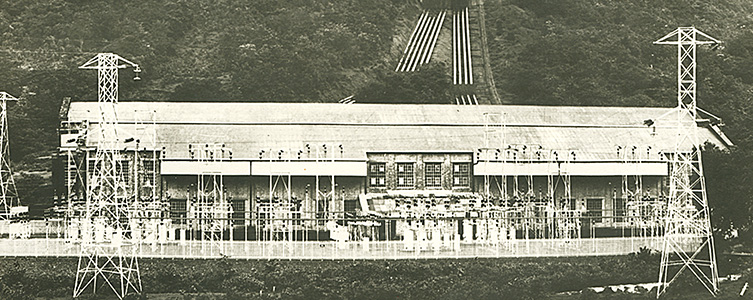
In the next few years, three hydroelectric entities, Tata Hydro-Electric Power Supply Company (in 1910), the Andhra Valley Power Supply Company (in 1916) and the Tata Power Company (in 1919), were incorporated to give shape to the dream. Together these three companies were referred to as the Tata Electric Companies. The other two entities were amalgamated into the Tata Power Company in the year 2000.
Tata Power’s journey over the last 10 decades has been a fascinating saga of pioneering initiatives and responsible business with minimal impact on the environment, and the socioeconomic empowerment of the communities that it touches.
Reliable and efficient
Tata Power is India’s largest integrated power company, with 20-25 percent of its generation sourced from clean energy sources. It has an installed generation capacity of 8,521MW in India, with 1.8 million customers across the country and an effective presence in all the segments of the power sector. Noted for its reliability and efficiency, Tata Power has provided Mumbai with dependable and uninterrupted power supply for more than a 100 years, a convenience that no other part of the country enjoys.
The company has to its credit the installation of India’s first 500MW unit (in Trombay, near Mumbai)), the first 150MW pumped storage unit (in Bhira, Maharashtra), the first flue gas de-sulphurisation facility for pollution control at a power plant (also at Trombay) and the first and most celebrated islanding system (to ensure uninterrupted power supply to Mumbai). Tata Power was the first to establish state-of-the-art technology and infotech-based systems for distribution in Delhi (resulting in a world record in reduction in losses) and to bring in India’s first 800MW super-critical unit for its power project in Mundra, Gujarat.
Tata Power has successful public-private partnerships in generation, transmission and distribution and is one of the largest renewable energy players in India. It has also implemented the country’s first 4,000MW ultra mega power project (in Mundra, Gujarat), which is based on super-critical technology, fulfils 3 percent of the country’s energy needs and supplies power to several states.
Sustainability commitment
In its early days, Tata Electric Companies had offered to buy old steam engines from mills to encourage them to switch over to clean power. Clean energy and sustainability are still the bedrock of the company’s strategy for growth and the expansion of its global footprint.
Tata Power’s international presence includes strategic investments in Indonesia through a geothermal project and a 30-percent stake in four coal mines; in Singapore, through Trust Energy Resources, for the supply and shipping of coal for thermal power generation operations; in Africa, through the joint venture Cennergi, to develop projects in South Africa, Botswana and Namibia; in Australia through investments in enhanced geothermal and clean coal technologies; and in Bhutan through a hydro project in partnership with the Government of Bhutan.
Tata Power is also committed to lead the reform process for clean and sustainable business. Over the last several decades, it has participated in an extensive eco-restoration and eco-development programme in the Western Ghats, which is one of the most sensitive ecosystems in the world. More than seven million saplings of 60 tree species have been planted and flora and fauna in and around our lakes have been restored and systematically enhanced. Additionally, some 600,000 trees have been planted as a reforestation measure. In the process, a large variety of wildlife has found a habitat in the area.
The lakes have been part of a rehabilitation programme for the endangered fish species called Deccan mahseer. Tata Power provides millions of seedlings of this fish to agencies across India.
The company has also pioneered initiatives to increase public awareness about energy conservation and climate change. The Tata Power Club Enerji addresses these issues in an interactive manner at the school level. It has started an energy conservation programme with schools in various Indian cities to sensitise youngsters and equip them to become energy champions and ambassadors.
The company has continued its focus on corporate social responsibility activities that aim to make a difference to communities in its areas of operation. These include a number of training programmes for developing self-employment opportunities among the rural population.
Rooted in a century-old dream, Tata Power continues to be a testament to Jamsetji’s vision and commitment to India’s progress, a vision that rests on the tenets of sustainability.
